Four Top Warships, One Combat System
In terms of weapons systems and design, several warships immediately stand out. The South Korean King Sejong the Great (KDX-III) Class Destroyer is reported to have the largest missile battery of its class with a capacity of 128 missiles, which includes long-range cruise missiles. While it has a smaller overall battery, the American Arleigh Burke Class Destroyer features the advanced Mark 99 fire control system and vertical missile launch technology capable of intercepting enemy aircraft and missiles mid-flight.[ii] Several Japanese vessels, including the Atago Class Destroyer and the Kongō Class Destroyer, stand out for their triple torpedo tube launch systems and advanced gas turbine propulsion systems.[iii]
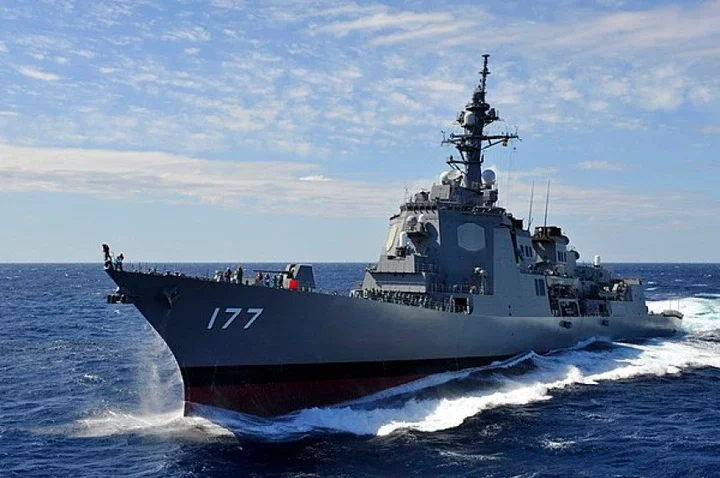
Most importantly, the King Sejong the Great Class Destroyer, Arleigh Burke Class Destroyer, Atago Class Destroyer, and Kongō Class Destroyer all have multi-function phased-array radar, integrated fire control systems, and next-generation electronic warfare capabilities. All four of the most advanced warships in the world use the Aegis Combat System.
According to developer Lockheed Martin, the Aegis Combat System is an automated command and control (C2) system. Its main features include ballistic missile defense (BMD), the MK41 vertical launch system (VLS), and AN/SPY-1 passive radar technology.[iv] It also integrates the Surface Electronic Warfare Improvement Program (SEWIP)'s next-generation Electronic Warfare (EW) capabilities.
Individually, each of these systems enhance a vessel's operational capabilities. The Aegis Combat system combines them over a common network and integrated C2 system to create an even more effective warship.
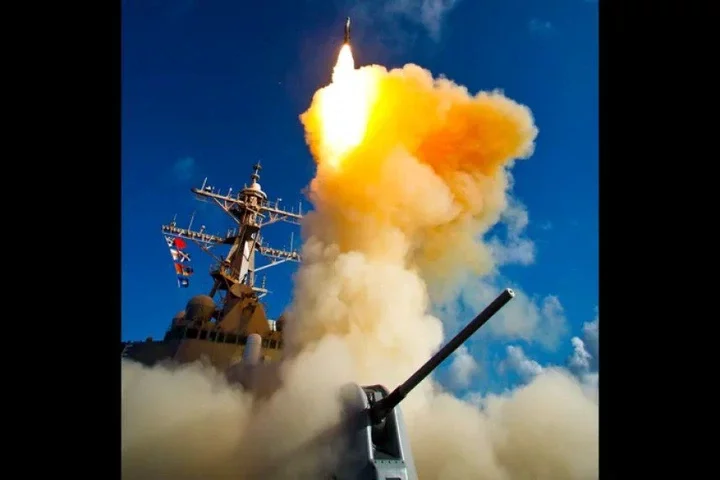
For example, as part of the Aegis system, the BMD system is networked with the AN/SPY-1 radar and a MH60R helicopter. Both the radar system and helicopter platform collect sensory and tactical data and work together with the EW technology's intercept capabilities to create a comprehensive battlespace picture. This picture can then be evaluated by command stations and the integrated fire control system of the MK 41 VLS, which is capable of launching anti-surface and anti-ballistic SM-3 and SM-6 missiles.[v]
The AN/SPY-1 radar is a critical technology in its own right. It is a passive phased array radar, which means it is comprised of a centralized transmitter or stationary antenna. This transmitter is made up of high-power microwave tubes, which are tubular vacuums that create and amplify high-frequency signals within the range of 300 MHz to 300GHz. These generate power for the beam-radiating elements. Each radiating element can be moved to certain angles by electronically controlled ferrite or diode phase shifters.[vi]
Through this process, the AN/SPY-1D radar featured on the Arleigh Burke Class Destroyer can project electromagnetic beams in multiple directions and can reportedly track hundreds of targets simultaneously.[vii]
[i]Four Top Warships, One Combat System[/i]
In terms of weapons systems and design, several warships immediately stand out. The South Korean King Sejong the Great (KDX-III) Class Destroyer is reported to have the largest missile battery of its class with a capacity of 128 missiles, which includes long-range cruise missiles. While it has a smaller overall battery, the American Arleigh Burke Class Destroyer features the advanced Mark 99 fire control system and vertical missile launch technology capable of intercepting enemy aircraft and missiles mid-flight.[ii] Several Japanese vessels, including the Atago Class Destroyer and the Kongō Class Destroyer, stand out for their triple torpedo tube launch systems and advanced gas turbine propulsion systems.[iii]
Most importantly, the King Sejong the Great Class Destroyer, Arleigh Burke Class Destroyer, Atago Class Destroyer, and Kongō Class Destroyer all have multi-function phased-array radar, integrated fire control systems, and next-generation electronic warfare capabilities. All four of the most advanced warships in the world use the Aegis Combat System.
According to developer Lockheed Martin, the Aegis Combat System is an automated command and control (C2) system. Its main features include ballistic missile defense (BMD), the MK41 vertical launch system (VLS), and AN/SPY-1 passive radar technology.[iv] It also integrates the Surface Electronic Warfare Improvement Program (SEWIP)'s next-generation Electronic Warfare (EW) capabilities.
Individually, each of these systems enhance a vessel's operational capabilities. The Aegis Combat system combines them over a common network and integrated C2 system to create an even more effective warship.
For example, as part of the Aegis system, the BMD system is networked with the AN/SPY-1 radar and a MH60R helicopter. Both the radar system and helicopter platform collect sensory and tactical data and work together with the EW technology's intercept capabilities to create a comprehensive battlespace picture. This picture can then be evaluated by command stations and the integrated fire control system of the MK 41 VLS, which is capable of launching anti-surface and anti-ballistic SM-3 and SM-6 missiles.[v]
The AN/SPY-1 radar is a critical technology in its own right. It is a passive phased array radar, which means it is comprised of a centralized transmitter or stationary antenna. This transmitter is made up of high-power microwave tubes, which are tubular vacuums that create and amplify high-frequency signals within the range of 300 MHz to 300GHz. These generate power for the beam-radiating elements. Each radiating element can be moved to certain angles by electronically controlled ferrite or diode phase shifters.[vi]
Through this process, the AN/SPY-1D radar featured on the Arleigh Burke Class Destroyer can project electromagnetic beams in multiple directions and can reportedly track hundreds of targets simultaneously.[vii]
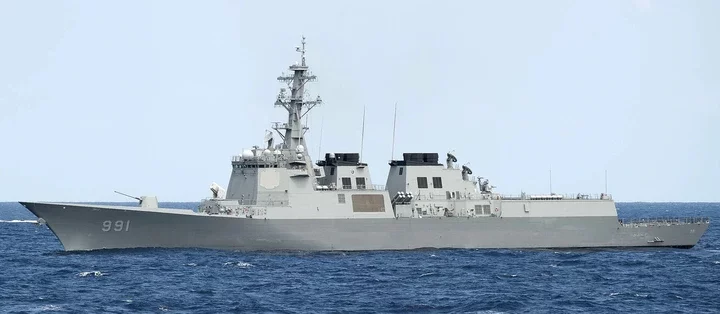
The Aegis-integrated EW system is designed to both detect and counter hostile radar or guided missile signals. The King Sejong, the Great Class Destroyer, features the SLQ-200K Sonata EW suite, which uses a wideband signal and digital receiver with analysis and identification capabilities to detect hostile activity and omnidirectional jamming technology to counter it.[viii]
How should the top four warships be ranked given that they share crucial combat system capabilities?
One answer is that it's likely that each vessel has uniquely modified components of the Aegis Combat System. However, those technical details are classified.
If the electronic information systems are assumed to be reasonably constant between all four, then firepower can server as the tie-breaker.
In third place: the Atago Class Destroyer. It is equipped with one Mark 45 five-inch/62 caliber gun, two Mark-141 missile launchers compatible with the SSM-1B anti-ship missile, and two Mark-15 Phalanx Close-in Weapon Systems (CIWS), which are designed to neutralize short-range incoming missiles. However, it only has one helicopter hangar and 96 launch system cells.[ix]
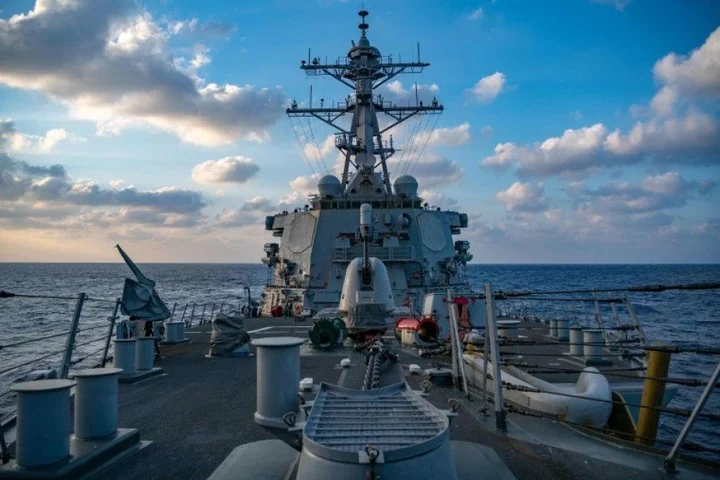
Meanwhile, the second place Arleigh Burke Class Destroyer can either feature a flight deck or hangar, depending on the version. It also has two Mark Phalanx CIWS, and two Mark-141 missile launchers. However, the launchers fire rGM-84 Harpoon SSM missiles, which are reportedly slightly less advanced than the Japanese SSM-1B anti-ship missiles.
With a battery of 128 missiles, the King Sejong the Great leads the top warships in terms of fire power. It only has one CIWS, but capacity for RIM 116 Rolling Airframe Missiles (RAM), 16 SSM-700K anti-ship missiles, and two helicopters with hangar space.[x]
[i][i]Type 052D/West Luyang III Class Destroyer: Active Array Radar Technology[/i][/i]
Number five on the list is the Chinese Type 052D or West Luyang III Class Destroyer. Its surface-to-air, anti-ship, anti-submarine, and cruise missiles are launched from only a 32-cell VLS, implying a smaller arsenal than its competitors. However, this vessel also houses a highly advanced combat system. It may even be advanced enough to overcome the warship's firepower limitations.
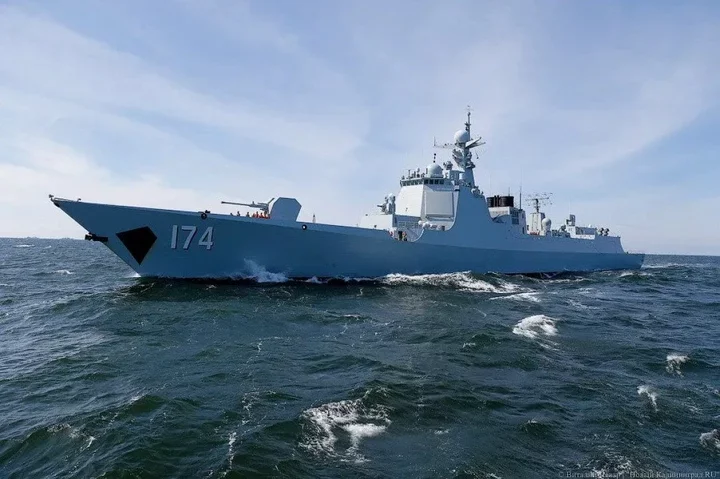
The Type 052D Class Destroyer's combat system integrates the H/LJG-346A Dragon Eye Active Electronically Scanned Array (AESA) radar, phased array fire control, hull-mounted sonar, and the H/RJZ-726 electronic countermeasure system. It's also thought to include the latest iteration of China's data link system, which enables networked communication with other naval vessels.
As the name suggests, AESA is an active radar technology. In active radar technology, the transmission and reception are combined and performed by T/R modules at the aperture in what would be the final stage of the passive array process. Along with reduced power loss this allows the active radar to better detect small moving targets at sea.[xi]
According to Ashok Agrawal et al.'s findings published in the Johns Hopkins Applied Technical Digest, using active radar technology means that "multiple functions of detection, tracking, target identification, kill assessment and missile communications, can be performed better because of increased waveform flexibility."[xii]
While effective, passive radar technology used by the Aegis Combat System involves several transmission steps that can result in large amounts of energy loss. The microwave tubes also tend to need a significant amount of maintenance. As a result, the Type 052D Class Destroyer will likely not be number five on the list for much longer purely because of the active radar technology within its combat system.
[i][i][i]Akizuki Class Destroyer: Another Alternative to the Aegis System[/i][/i][/i]
Japan's Akizuki Class Destroyer is similar in weaponry to the Type 052D. Designed as an escort vessel for helicopter carriers, it features a 32-cell VLS with surface-to-air, anti-submarine, but also has RIM Sea Sparrow missile compatibility. Notably, its cruise missiles are the same advanced SSM-1B missiles carried by the Atago Class Destroyers.[xiii]
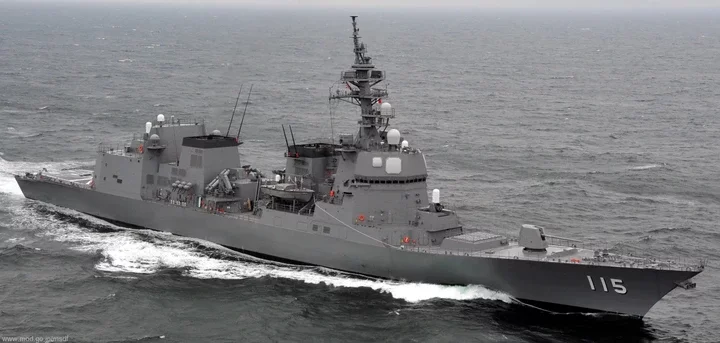
Unlike the Atago Class, the Akizuki Class Destroyer uses the Advanced Technology Command System (ATECS) rather than the Aegis Combat System. ATECS is made up of multiple control units and subsystems, which synthesize information from weapons systems including 3-FCS-3 fire control systems, integrated anti-submarine system (AWSCS), and the digitized NOLQ-3D ECM/ESM Integrated EW System.[xiv]
Interestingly, while the advanced Chinese data link technology is reported to connect the Type 052D Class Destroyer with other naval vessels, the Akizuki Class warship reportedly has a distributed datalink and computing system that includes Link 16 (the NATO datalink) and the ability to link to Superbird satellites via SATCOM terminals.[xv]
[i][i][i][i]The Final Three: Speed and Long-Range Radar[/i][/i][/i][/i]
In a race, the British Daring Class/Type 45 Class Destroyer would certainly win. Its advanced integrated electronic propulsion (IEP) technology allows a maximum speed of about 50 km per hour.
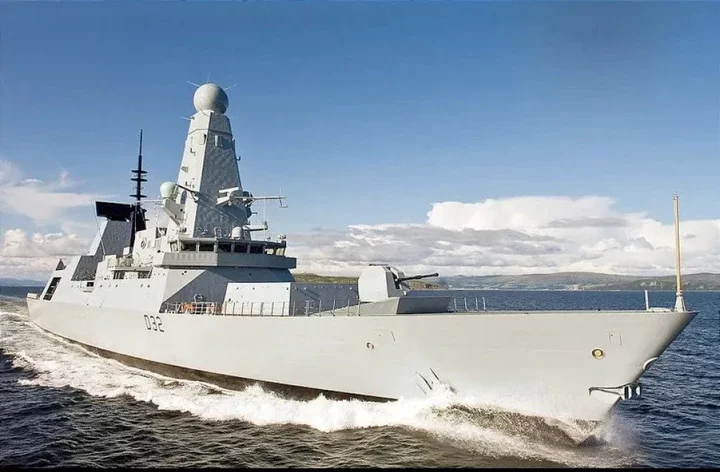
The Chinese Type 055 Class Destroyer would be a distant second at only 30 km per hour. Yet its Type 346B Dragon Eye AESA radar system would likely detect moving hostile objects on the ocean horizon long before the Daring Class Destroyer's Sea-Viper Air Defense System.
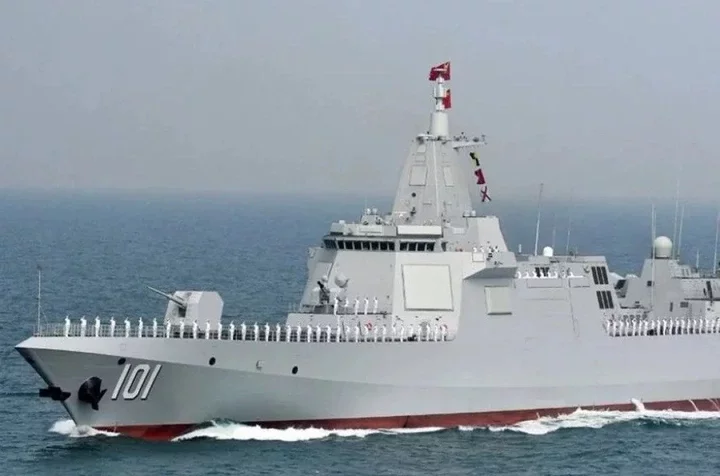
Meanwhile, the Daring Class Destroyer's Sampson or S1850M radar would reportedly detect the object before France's Horizon Class's Selex ES EMPAR phased array G-band multi-purpose radar. However, while the Daring Class carries the Harpoon anti-ship missile, the Horizon Class is compatible with France's next-generation MM40 Exocet missile, which has automated fire control systems compatible with Selex fire direction radar.[xvi]
Like the Akizuki Class Destroyer, the Daring Class warship is able to establish datalinks to satellites as well as other vessels. However, the Type 055 Class Destroyer's HHQ 9 surface-to-air missile compatibility means that it could soon also carry the advanced HHQ-16 missile, which has been part of China's overall qualitative modernization effort previously reported on by Warrior.[xvii]
[i][i][i][i][i]Is Electronic Power or Fire Power the Future for Warships?[/i][/i][/i][/i][/i]
The simple answer is both. The warships at the top of this list have highly advanced combat systems and high-capacity arsenals. Their combat systems, including the Aegis and Dragon Eye, feature electronically integrated phased array radar, towed array radar, sonar, and fire control systems. Further technological advancement will likely resemble the active radar technology of the Dragon Eye system and integrate secure datalinks across multiple naval and non-naval platforms.
However, EW systems will perhaps be the most crucial technology for tomorrow's warships. As network integration advances so does vulnerability to electronic attack. Naval combat will move into the airwaves as it becomes more and more critical to detect and defend against hostile electronic activity. "Most Powerful Warship in the World." Spotlight. October 29, 2021.
[ii] "Most Powerful Warship in the World." October 29, 2021.
[iii] "Most Powerful Warship in the World." October 29, 2021.
[iv] "Aegis: The Shield and the Spear of the Fleet." Lockheed Martin. 2022. https://www.lockheedmartin.com/en-us/products/aegis-combat-system.html.
[v] "Aegis: The Shield and the Spear of the Fleet." 2022.
[vi] Agrawal, Ashok K., Kopp, Bruce A., Luesse Mark H., O'Haver Kenneth W. "Active Phased Array Antenna Development for Modern Shipboard Radar Systems." Johns Hopkins APL Technical Digest. 22, 4. 2001.
[vii] "Top 10 Destroyers." Military Today. Accessed August 13, 2022. http://www.military-today.com/navy/top_10_destroyers.htm.
[viii] "Electronic Warfare." LIG Nex 1. Accessed August 13, 2022. https://www.lignex1.com/web/eng/product/product.do?category=05&part=01&model=02.
[ix] "King Sejong the Great class (KDX-III Guided Missile Destroyer." Seaforces Naval Information. https://www.seaforces.org/marint/Republic-Korea-Navy/Destroyer/Sejong-the-Great-cl
ass.htm.
[x] "Top 10 Destroyers." Accessed August 13, 2022
[xi] Agrawal, Ashok K., et. al. 2001.
[xii] Agrawal, Ashok K., et. al. 2001.
[xiii] "Most Powerful Warship in the World." October 29, 2021.
[xiv] "Advanced Technology Command System (ATECS)." Nihonkoku Shoukan Wiki. https://nihonkoku-shoukan.fandom.com/wiki/Advanced_Technology_Command_System_(ATECS).
[xv] "Advanced Technology Command System (ATECS)."
[xvi] "Exocet MM40 Block 3." MBDA Missile Systesm. Accessed August 13, 2022. https://www.mbda-systems.com/product/exocet-mm40-block3/.
[xvii] Osborn, Kris. "China Modernizes its Destroyers with Missile Systems & Radar Technologies." Warrior Maven. https://warriormaven.com/china/china-navy-destroyers-missile-systems-radar-technologies-sovremenny-class-destroyer












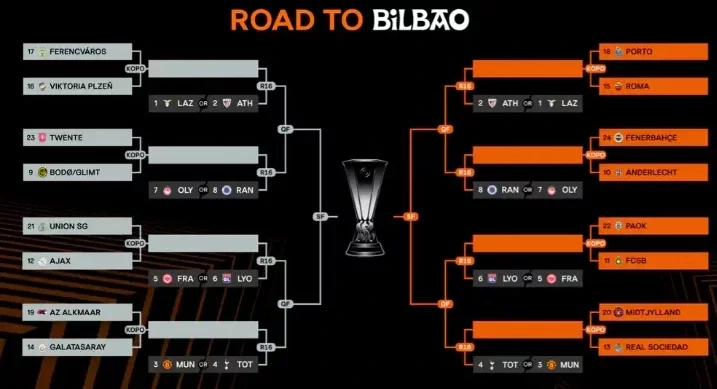




Comments